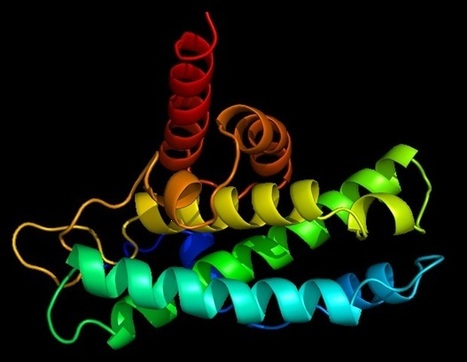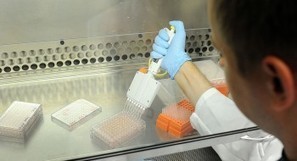A protein that helps keep our cell powerhouses working at a premium appears to also help make energy rapidly available when it's time to make new blood vessels.
Follow, research and publish the best content
Get Started for FREE
Sign up with Facebook Sign up with X
I don't have a Facebook or a X account
Already have an account: Login
 Your new post is loading... Your new post is loading...
 Your new post is loading... Your new post is loading...
|
|














Ushio-Fukai and Dr. Tohru Fukai reported in Nature Cell Biology that ROS rapidly modifies CTR1, a cell surface receptor that usually allows essential mineral copper to enter the interior, where its tasks include aiding angiogenesis. Modification of CTR1 prompts it to bind to the VEGF receptor, VEGFR2, also on the cell surface, and the united pair dives inside. This movement enables the sustained VEGFR2 signaling that is essential for making new blood vessels. The researchers also have evidence that Drp1 is also modified by ROS, prompting it to move from a passive state in the fluid part of the cell, or cytosol, to the mitochondria where it still promotes fission, which also produces the powerful hydrogen peroxide ROS. She says that active mitochondria are high users of oxygen and therefore, like NADPH oxidase, high producers of ROS in endothelial cells. The researchers showed that the ROS generated by mitochondria in turn activates AMPK, a key enzyme for regulating energy levels in cells and known to use glucose to rapidly generate enough energy to support important biological work such as making new blood vessels.